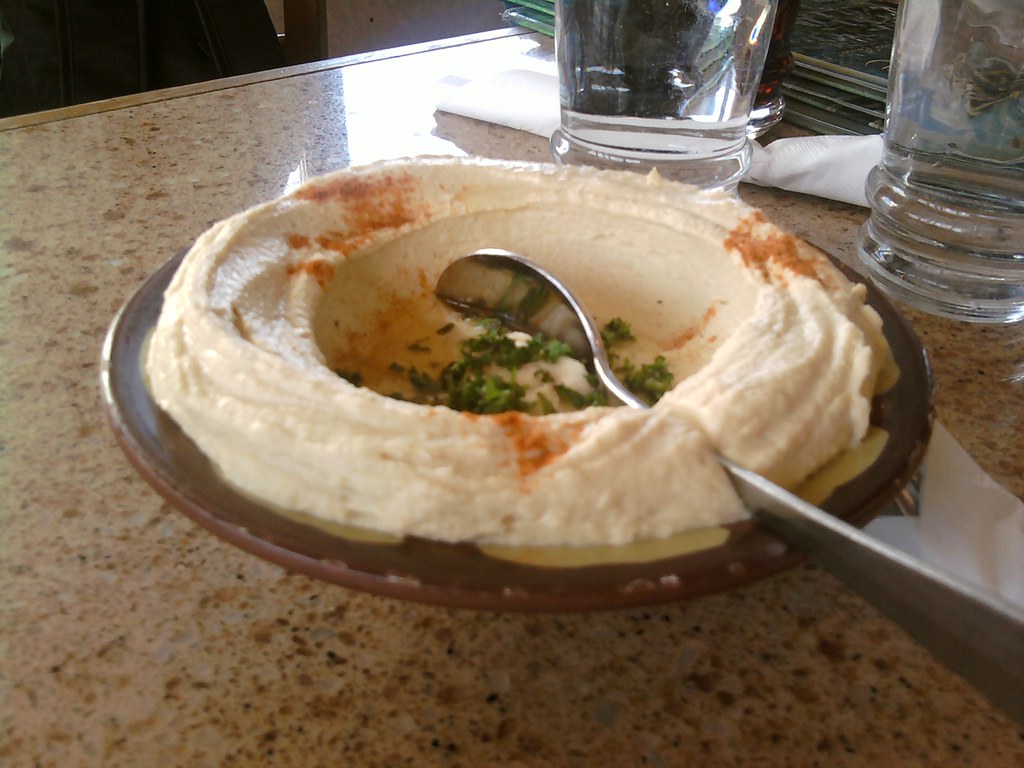When we start with a strong base, we are free to explore (and sometimes soar). Because even if we fall down, we can always come back to the base to feel rooted and try again. Depending on the posture, the physical base will change. Whether we're standing on our feet or our hands, the foundation begins with our breath.
In cooking school, we are also taught the importance of working from the base. Whether the dish is a canape, a pasta or a dessert -- a recipe is built from a foundation. For ingredients to taste good together, they have to be balanced on a base. A slice of raw chocolate pie would not be as satisfying without a sweet, salty, textured crust. The finest olives in the world would not make a savory putenesca out of rancid tomato sauce.
Building from the base is one of my favorite lessons from yoga and cooking. In a recent class I learned how to take a basic red sauce and turn it into ten completely different dishes. This is known as a base sauce. In Chinese cuisine, for example, it commonly calls for a brown sauce. If you search for a recipe for Chinese brown sauce, you'll find a thousand different variations. Some use oyster sauce, others tamari, or liquid aminos, but the thing that they all have in common is their essence. All brown sauces are rooted with certain properties like color, taste profile, consistency and sweetness that may vary from recipe to recipe, but if they are authentic, they can be identified as brown sauce. They retain their essence, much like how in yoga we start with our breath until we feel grounded and connected with our self.
The beautiful thing about a base recipe is that it can be transformed into something completely new. This is called a "mother recipe" because it spawns "children." The offspring of the always retain some qualities from the base, but they can take on unique identities. A great example of a mother recipe is a plain hummus:
- chickpeas
- tahini
- lemon juice
- garlic
- salt
These five ingredients make a quick and easy base to build all sorts of offspring recipes. Here are a few favorites:
- add a roasted red pepper and smoked paprika to make red pepper hummus
- add minced cilantro and jalapeno to make a spicy cool hummus
- add dill and lemon zest to make a zesty spring hummus
- blend with apple cider vinegar and chopped dates to make a tahini dressing
- mix with chopped sun-dried tomatoes and basil for a mediterranean dip
- add pre-soaked raisins and dates and a scoop of peanut butter to make a sweet savory pbj spread
In my next post, I'll share one of my favorite base recipes -- the mother of recipe of all mothers when it comes to building a base from beautiful New Jersey tomatoes.


No comments:
Post a Comment